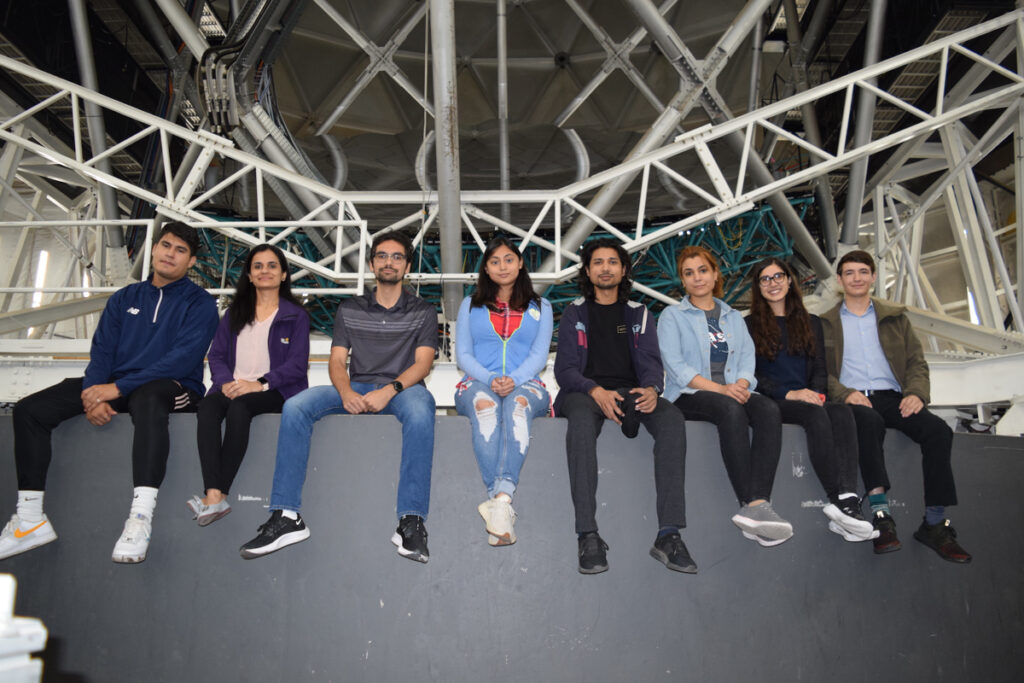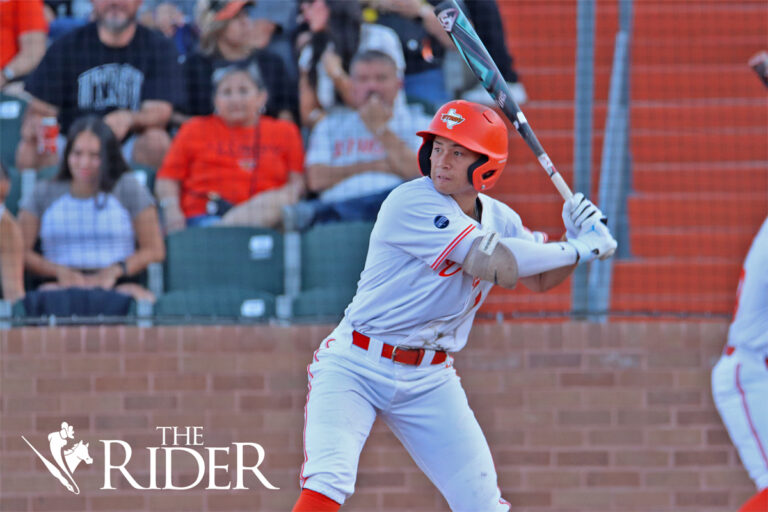Physics and Astronomy Department receives a National Science Foundation grant

A group of students in the UTRGV Department of Physics and Astronomy took their first research field trip to the University of Texas at Austin McDonald Observatory in West Texas with the help of a $10,000 grant from the National Science Foundation.
Physics and Astronomy Assistant Professor Juan Madrid said he applied for a National Science Foundation program grant last February. This is the first year the department receives this grant and takes a field trip to the observatory.
Eight graduate and undergraduate students from the Physics and Astronomy Department participated in training sessions before taking the field trip, which took place Aug. 1 to 9.
Madrid explained the grant’s purpose is to expose students in Hispanic-serving and historically Black institutions to high-end research facilities.
“The main point here is that the National Science Foundation recognizes the staggering underrepresentation of Hispanics and Blacks in science in this country, and they have some lines of funding to improve that,” Madrid said.
Students learned how to use a professional telescope and how to analyze data gathered on images collected from those telescopes.
Shahrear Khan Faisal, a physics and astronomy graduate student, said he considered this a great learning experience.
“We actually learned what astronomers do, like, we always see those cool images, but we don’t really know how they take those images and what goes behind those,” Faisal said.
Rudy Morales, a physics senior, said one of the goals during the research was to analyze variable stars, which change in brightness regularly or irregularly over time. Morales explained that researching these stars involved making light curve graphs based on the images taken with the telescopes.
Madrid said the research is ongoing; thus, no discoveries have been made. He said they will get more information in a couple of months once the students finalize their data analysis.
Besides research, the students toured the telescopes they did not use. Faisal said the group saw a 10-meter optical telescope and learned about spectroscopy, which is the study of light and electromagnetic radiation.
Madrid described the field trip as a mind-changing opportunity for the students.
“One thing is to see, you know, pictures and PowerPoint; another thing is to walk into a telescope … working there, feel that it is so dark, cold, in the middle of summer in Texas,” he said. “You cannot have all those experiences in the classroom, really.”
Faisal said the field trip will help students who have an interest in astronomy to understand in detail the job of an astronomer.
“If you are planning to do astronomy in the future or if you’re not sure whether you like it or not, I think this trip will really help,” he said. “If you’re planning to choose it as a career option, I think this would be a really good experience to see … what astronomers do and how they do it.”
Madrid, who plans to do this activity next summer, said the $10,000 grant will be used for the next two years for the same kind of research trip to the McDonald Observatory.





